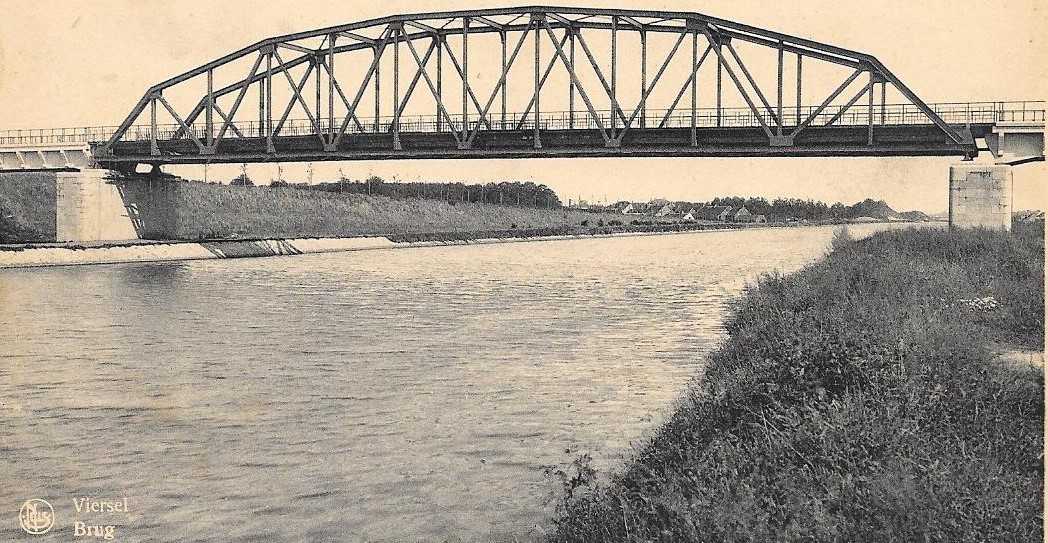By 9 September 1944, Viersel village had already been liberated. The other side of the Albert Canal was still in the hands of the Germans. 25-year-old corporal David Thursby and 24-year-old private Ronald Charles Bird, both of the 4th Battalion Welch Regiment, were on reconnaissance together. From Massenhoven, they were on their way to the broken bridge in Viersel. Both died that day.
According to war veteran Emrys Davies, Thursby and Bird were captured by a German patrol.'Instead of taking the prisoners, the German soldiers shot them dead on the spot. Members of the underground opened the hunt for the German patrol. They chased them and eventually killed them all.'
Some Viersel residents tell a different story: the Germans crossed the canal in a boat and threw a hand grenade at the British soldiers. 'One of them was instantly dead, the other badly wounded. No one from the village dared to offer help for fear of being killed themselves.'
Anti-aircraft
Viersel had been liberated, but the war was not yet over. From October 1944, Allied anti-aircraft units stayed in Viersel, including at the Hovorst castle estate and at the Brewery on Vierseldijk. They manned the neighbouring anti-aircraft guns that were part of the secret defence operation Antwerp X, the Allied attempt to stop as many V1 bombs as possible.
Over Vierseldijk on 27 October, at 4.30am, the Americans brought down their first V1 bombs. Battery D, 126th Anti-Aircraft Gun Battalion fired a hit and two unmanned German aircraft exploded in mid-air.
Tourist information
Cycling routes
Tourism Province of Antwerp has created liberation routes along the cycle junction network. Cycle and walk past the places where it all happened, such as monuments, military cemeteries and crash sites. For the liberation routes, go to fietsroutes.provincieantwerpen.be
